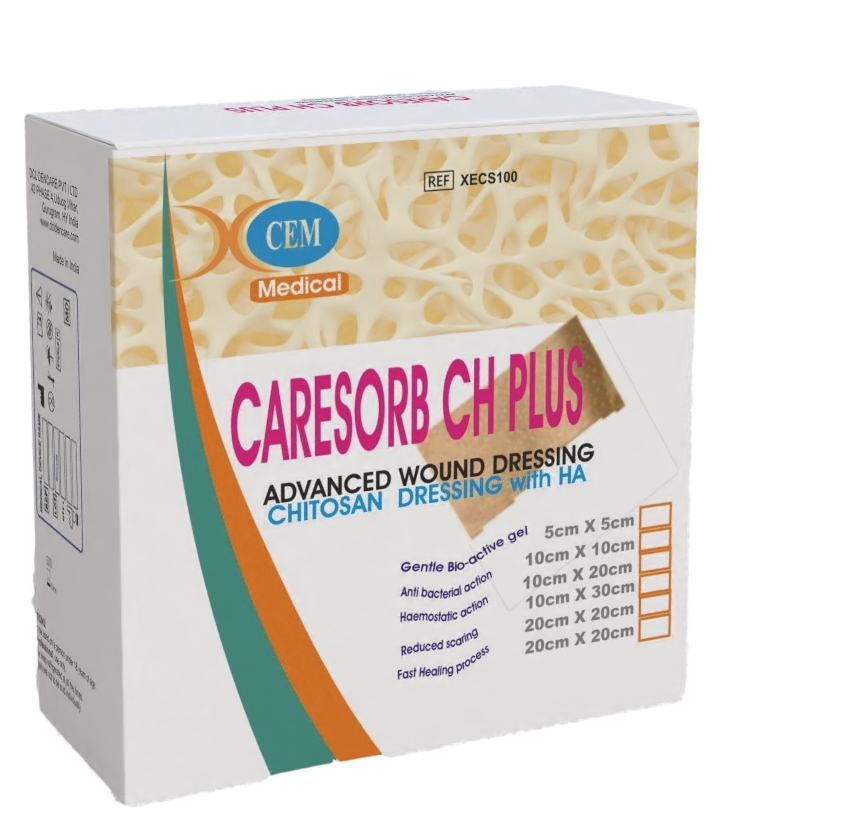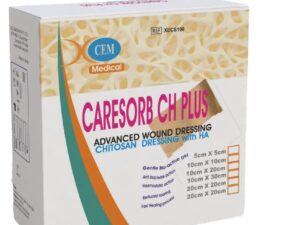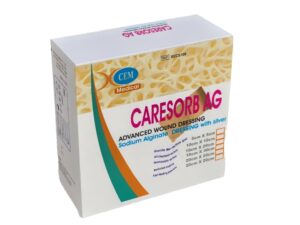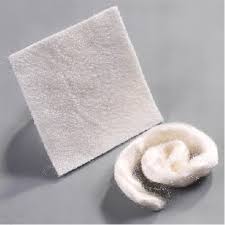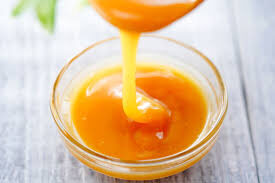- Pressure sores (Stage II-IV)
- Venous ulcers, diabetic ulcers and leg ulcers.
- Cavity wounds.
- Donor sites and Graft sites.
- Surgical wounds (e.g. post-operative, wounds left to heal by secondary intent)
- Skin abrasions and lacerations.
- Superficial and partial thickness burns.
- Hydrogels are recommended for wounds that range from dry to mildly exudating and can be used to degrade slough on the wound surface. Hydrogels have a marked cooling and soothing effect on the skin, which is valuable in burns and painful wounds.
Chitosan is a biocompatible biopolymer with bacteriostatic, fungistatic, film-forming properties that are crucial to wound treatment. Chitosan’s reparative nature allows it to restore or replace damaged tissue, while promoting healing and producing less scarring.
Chitosan-based hemostatic hydrogels have frequently been used for hemostasis due to their unique biocompatibility, tunable mechanical properties, injectability, and ease of handling. Moreover, chitosan (CS) absorbs red blood cells and activates platelets to promote hemostasis
Advanced Chitason wound dressing for exudating wounds contianis alginate and hylauronic acid for fast exudation absorption

